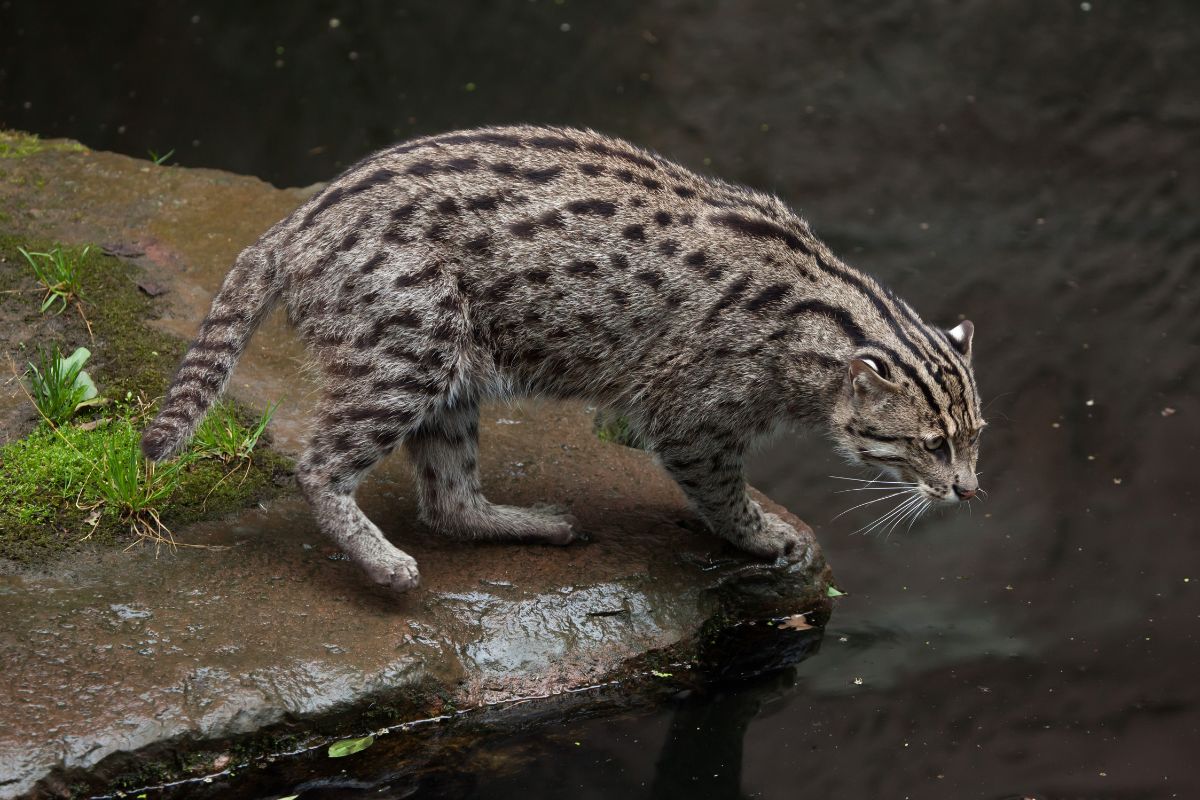The West Bengal Zoo Authority (WBZA) is planning to introduce captive breeding programmes for fishing cats, listed as ‘vulnerable’ on the International Union for Conservation of Nature’s Red List, at Bengal Safari: North Bengal Wild Animal Park in Siliguri. As part of celebrations of the 72nd week of ‘Azadi Ka Amrit Mahotsav,’ and beginning today, the park is organising seven-day-long programmes on fishing cats (Prionailurus viverrinus). An event ‘Run for a cause, lesser cats under threat–save our state animal; save fishing cats’ was conducted at the safari park today. The species is included in Schedule-I of the Indian Wildlife (Protection) Act, 1972. According to member secretary of the WBZA Saurabh Chaudhury, the zoo authority was planning to start the conservation breeding programme of fishing cats in the park. “Fishing cat is the state animal of Bengal, and the WBZA has started the captive breeding programme of the animal two years ago. Initially, two zoos had been selected for this programme–Alipore zoo and Garchumuk Deer Park at Howrah.
Fishing cats had been frequent to north Bengal in the recent past, and now we have plans to reintroduce the animals in the suitable habitats in the region. Probably in the next three-four years, the safari park will be part of the fishing cat conservation breeding programme as well,” said Mr Chaudhury. The park houses two fishing cats–Bhupen and Yangchen brought from Garchumuk and the Padmaja Naidu Himalayan Zoological Park in Darjeeling, respectively. They are around four years old. Park authorities are now planning to bring one more pair either from Garchumuk or the Sepahijala Zoological Park in Tripura. “The Central Zoo Authority (CZA) has selected the species for the seven-day celebrations. Therefore, we have taken up programmes to focus on the species. The two fishing cats are in healthy condition, and they are provided with live fish, fruits and other food. Two more fishing cats–a male and a female will be brought so that we may plan captive breeding of this species in the future.
But for this, we need approval from the CZA and WBZA. The park will also make visitors aware of fishing cats, its importancem throughout the week,” said the director of the park, Dawa Sangmu Sherpa. Sources said the park authorities had already sent a proposal to the Sepahijala Zoological Park. The nocturnal animal thrives in wetlands. The blotches and stripes on its body make it look like a leopard or a tiger cub. According to Ms Sherpa, the species was facing several threats due to poaching and depleting habitats. The park authorities organised a signature campaign, an eight-km marathon, where around 100 people, including locals, joint forest management committee, and park employees took part.











